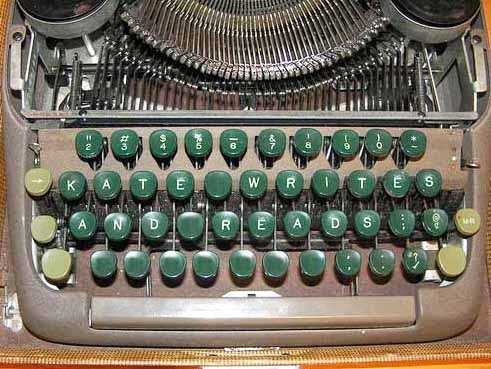I wrote my
first People’s Friend serial after
winning the First Instalment of a Serial competition at the Scottish
Association of Writers conference (see here). Called The Family at Farrshore it’s now available as an e-book and as a
large-print edition in libraries.
When PF
Fiction Editor Shirley Blair asked me to think about a second serial I thought
a family-run hotel would be a good setting. It’s a natural place for all sorts
of people to come together.
My
grandparents ran a hotel in Inverness shire in the 30s and my mother told me
some stories about that.
During two
summer holidays when I was a student I worked in family-run hotels – one on an island, and
one by a loch where a bridge would shortly be replacing the ferryboat.
And of
course I have also stayed in hotels so I could use those as research too.
I brainstormed lists
of everything that came to mind from these three resources and came up with
lots of material, some of which I used and some I didn’t (yet). As a background
to the story, I went with the building of a bridge that can be seen from the
hotel window and will put the ferryman out of work and impact in other ways on
the community. That scenario was real, as I’ve said, but I had fun making up
people to populate it and fictional situations to put them in.
Once I’d got my
characters, I watched TV programmes on hotels, and googled restaurant menus and
various aspects of running a small hotel – in fact I got so carried away with
that last one I had to remind myself I was writing a story not planning to
become a landlady …
I did incorporate
one of the stories my mum told me about her family’s inn – a smugglers’ tale
from a couple of hundred years ago.
I liked how The People’s Friend illustrated the
first instalment of The Ferryboat.
When Judy and Tom Jeffreys are asked by
their daughter Holly and her Scottish chef husband Corin if they will join them
in buying The Ferryboat hotel in the West Highlands, they take the plunge and
move north.
The rundown hotel needs much expensive
upgrading – and what with local opposition to some of their plans, and worrying
about their younger daughter, left down south with her flighty grandma, Judy
begins to wonder if they’ve made a terrible mistake.
Other characters include Corin's rather intimidating parents Philip and Verity; Iris, a young widow with a small child, who loses her job at the hotel when the Jeffreys take over; Sandy, Iris' childhood sweetheart; Donny the ferryboat man; and forthright Roberta who refuses to name the day but has been engaged to Donny for eleven years. And of course there are hotel guests, both pleasant and otherwise.
Ulverscroft bought the large-print rights and produced a cover that got lots of nice comments when I posted it on social media.
Ulverscroft bought the large-print rights and produced a cover that got lots of nice comments when I posted it on social media.
So much so in
fact that I asked if I could buy it and my graphic-designer husband altered it to make a terrific cover to go with the Kindle edition.
For my third
serial I chose to write about a Highland farming community in the 1960s (A Time to Reap, coming soon on Kindle)
but a hotel is a setting I hope to return to.
I was delighted
to hear of a forthcoming book set in a hotel in the Lake District, Felicity at the Cross Hotel, and asked the author Helena Fairfax to tell me more
about it. You can read her answers in a blog post here on publication day 8 July 2017 but to whet
your appetite this is the really gorgeous cover:




















